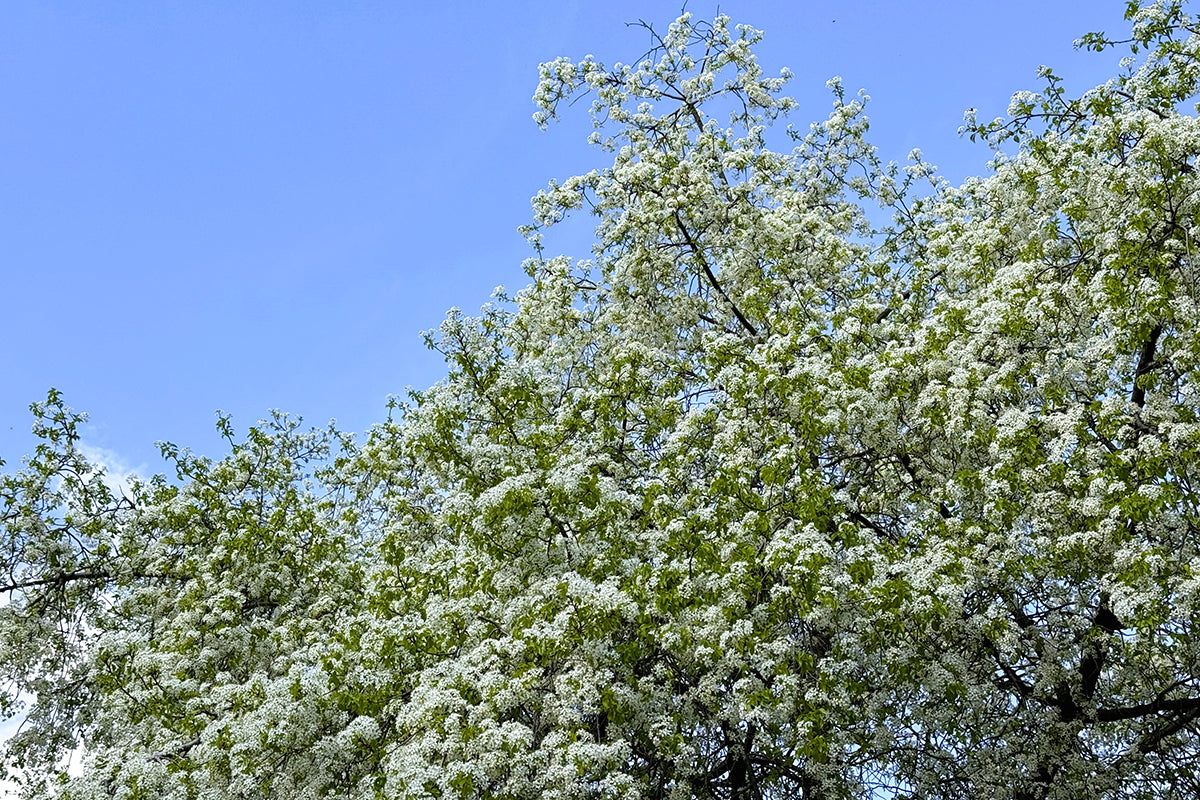Plant folklore - Hawthorn Crataegous monogyna

The thorny shrub known as hawthorn is commonly spotted in hedgerows especially around May when its blossom fills the air with a pungent scent of galvanised rubber or spicy almond. Medieval folklore linked the scent of hawthorn blossom to the Great Plague in London - botanists later attributed this to the chemical triethylamine, a compound shared with decaying animal tissue.
In Celtic mythology, encounters near hawthorn trees with the Faery Queen evoke the tale of Thomas the Rhymer's journey into the Faery Underworld. Legends portray hawthorns as sanctuaries for the ‘Wee Folk’, with solitary bushes in Ireland often believed to harbour faeries, shielded by magical forces. The Faery Queen's association with the hawthorn reflects ancient Goddess worship, once common in sacred hawthorn groves.
May heralds the appearance of hawthorn in the countryside, earning it one of its vernacular names May-tree. Other names are White-May, Mother-die, Quickthorn, and Bread-and Cheese. Its blooming during this month ushers in a significant event, Beltaine, the pagan festival marking the beginning of summer.
The well known country saying ‘n’er cast a clout till May is out’ is often thought to refer to the end of May but is actually referring to the blossom of the May tree. Clout is an Old English word for clothing and the saying was there to remind us not to start dressing for summer until the May blossom was showing in the hedgerows.
Traditionally, May Day celebrations featured hawthorn blossoms adorning garlands and May bushes outside homes, festooned with wildflowers. However, a taboo existed against bringing hawthorn into the home due to superstitions associating its presence with sickness and death. Despite these superstitions, hawthorn had practical uses; its leaves were edible, and blossoms and berries were utilised in winemaking and medicinal concoctions. The wood found applications in carving and crafting household items, while its dense growth made it ideal for hedging.











